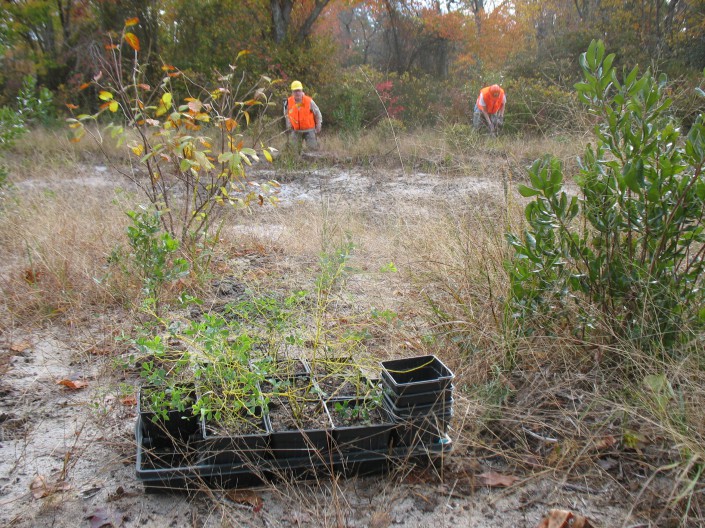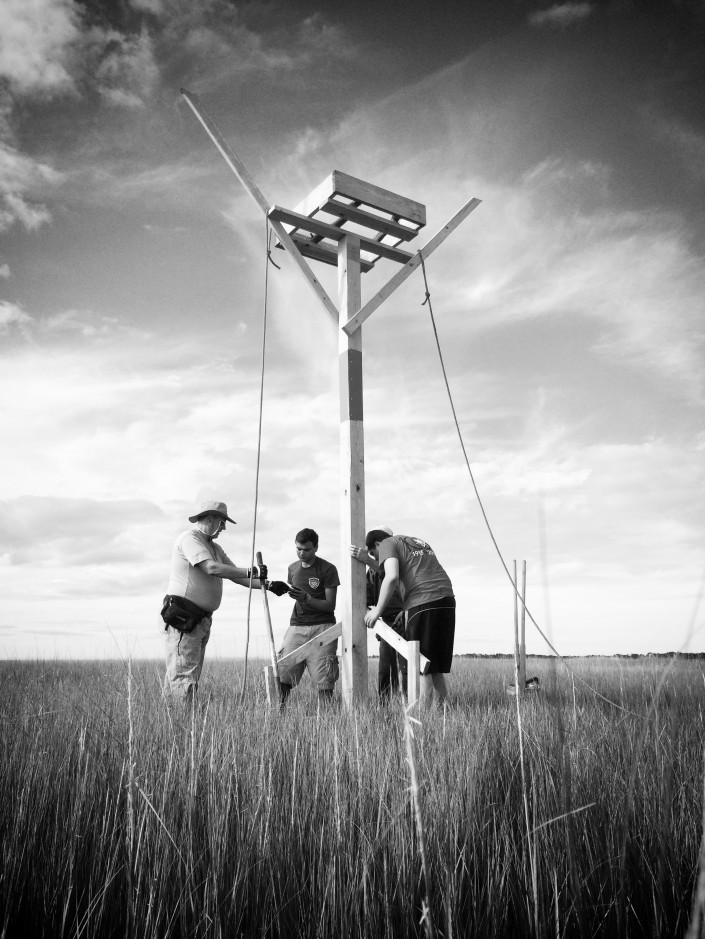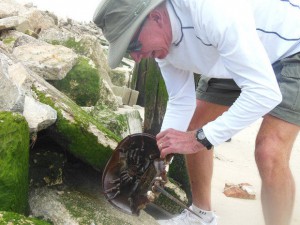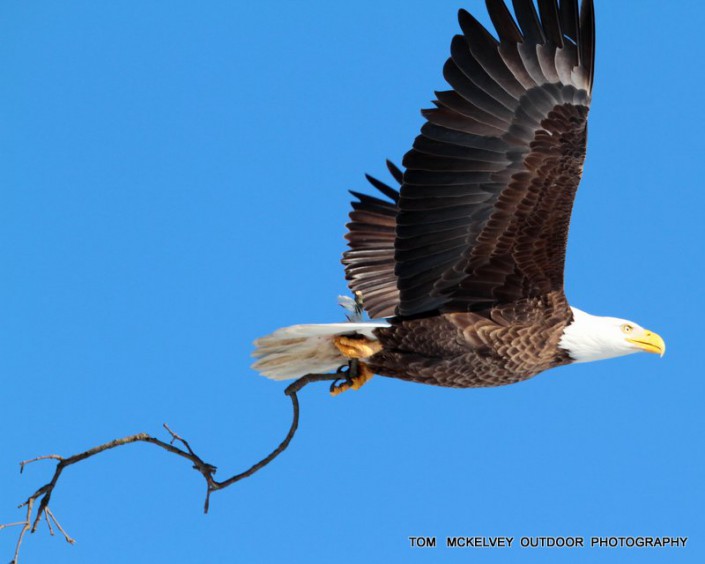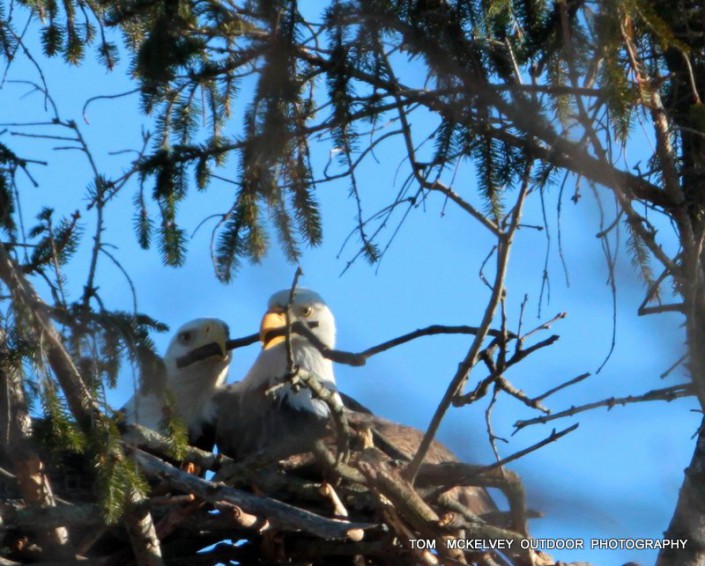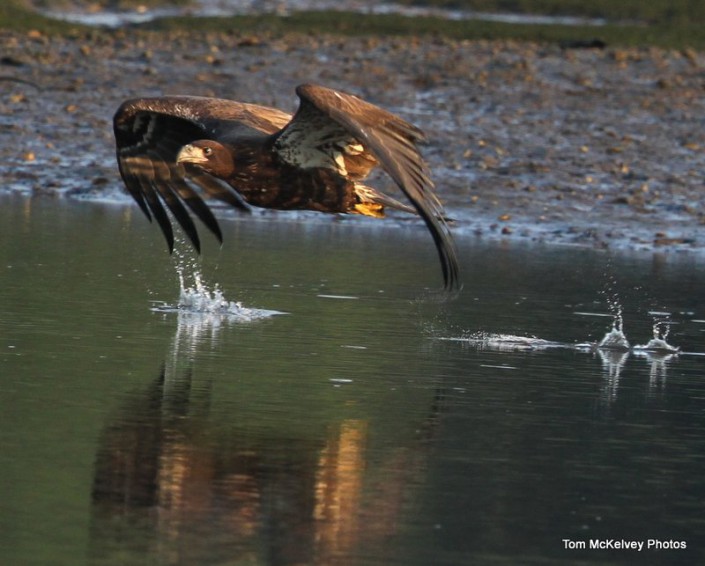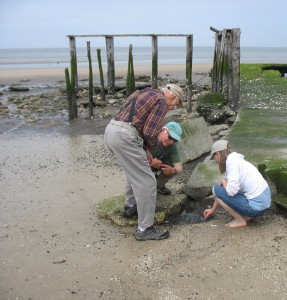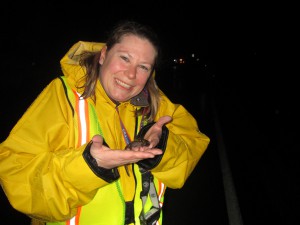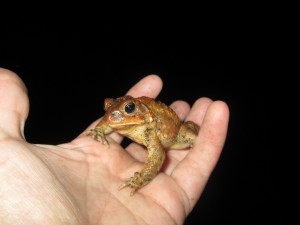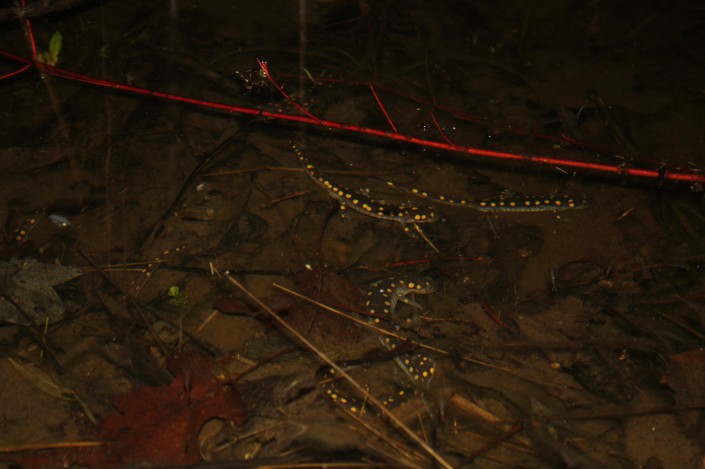NJ’s Frogs And Toads Are “Calling” For Your Help!
Volunteers Wanted for CAMP project
By: Larissa Smith, Wildlife Biologist/Volunteer Manager with Conserve Wildlife Foundation
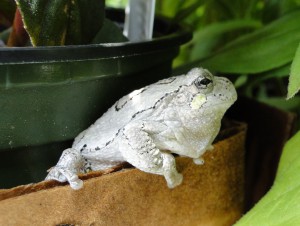
It’s the heart of the winter season and cold outside, so the furthest thing from your mind is hearing the calls of New Jersey’s frogs and toads. But now is the time when we start getting ready for the Calling Amphibian Project (CAMP) and thinking ahead to the spring of 2015.
The object of CAMP is to assess the distribution, abundance, and health of New Jersey’s amphibians. This is part of a larger initiative called the North American Amphibian Monitoring Program (NAAMP) and the data collected in New Jersey will be submitted into the National database. Volunteers participating in this project will be asked to conduct roadside surveys (after dusk) for calling amphibians along designated routes throughout the state. Each 15-mile route with ten stops will be surveyed three times during the Spring and a structured protocol will be followed to determine which nights to survey, how long to survey, which species are calling, and how to estimate the total number of individuals calling at each site.
In 2014, 24 volunteers participated in CAMP and surveyed a total of 23 routes out of 63. We have many dedicated long-term CAMP volunteers. Unfortunately due to different circumstances some can no longer participate so we currently have 37 routes available for the 2015 survey season. If you are interested in learning more about this project, contact Larissa Smith.
This year we will be holding a meeting for CAMP volunteers in January. The meeting will be a good opportunity to meet other volunteers and the biologists who work on the this project and other amphibian projects. Biologists from CWF, the state ENSP and DLUR will be there to discuss the two “new” NJ frog species and how CAMP data is being used by the state.
- Test your NJ frog and toad call knowledge! Take the public frog and toad calling quiz on the NAAMP site.
